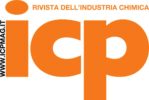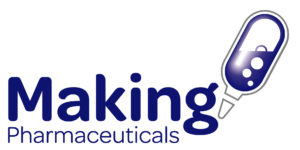Polymeric nanoparticles for active targeting
Time: 4:30 pm - 5:00 pm
Date: 26 March
Theatre: Arena 4
Synopsis
Nowadays polymeric nanoparticles (NPs) appear as the most feasible and versatile delivery systems for targeted therapy. The presentation will address the surface decoration of NPs by a specific ligand, such as antibody, antibody fragment, and polysaccharide triggering an improved retention and accumulation of nanotherapeutics into the specific cells. Few examples of these concepts are provided to highlight the rational design.
First, the decoration of biocompatible and biodegradable NPs with hyaluronic acid (HA) provided nanocarriers with active targeting towards cells that are marked by the CD44 membrane receptor. We developed a one-step microfluidic technique to produce polymeric NPs starting from HA with different molecular weight. Internalization and CD44 selectivity were investigated in vitro by 2D and 3D models, moreover we pointed out the effect of the HA molecular weight on the endocytic pathway. The feasibility of this approach was more recently demonstrated as a promising way to repair the fibrotic heart and prevent development of heart failure by reducing the activity of the YAP-dependent pathways.
The second strategy of drug targeting comprises the development of polymeric NPs capable of recognizing MET receptor that may be used as anchor to bind the cancer cells membrane. In several different cancer types, in particular lung adenocarcinoma, aberrant MET signalling was correlated to tumorigenesis and MET receptor was overexpressed.
To this aim we used a single chain variable fragment (ScFv) derived from an anti-MET monoclonal antibody that selectively recognized the MET receptor. ScFv was conjugated on the NPs surface by using a PLGA derivative, synthetized in our laboratory. Binding between engineered NPs and MET were demonstrated and NPs was tested in vitro on cancer cells overexpressing MET.
Chairman
 Dimitrios Lamprou Queen's University Belfast
Dimitrios Lamprou Queen's University Belfast
Speaker
 Enrica Chiesa Università di Pavia - Dip. Scienze del Farmaco
Enrica Chiesa Università di Pavia - Dip. Scienze del Farmaco
« Back



















